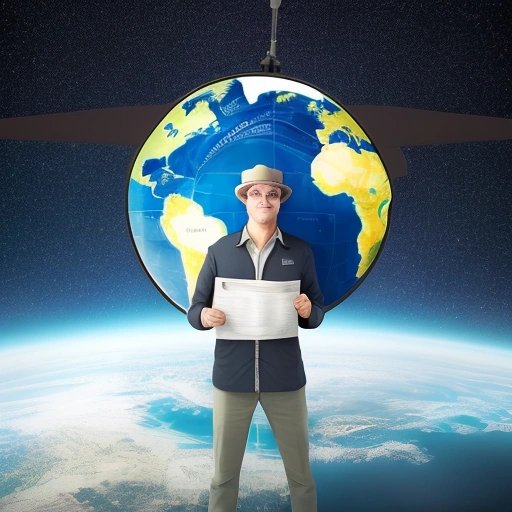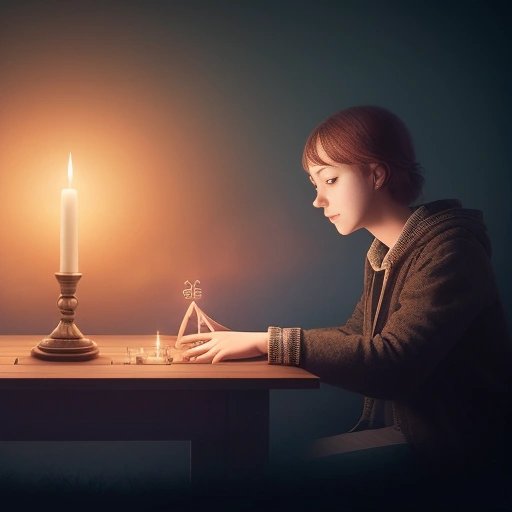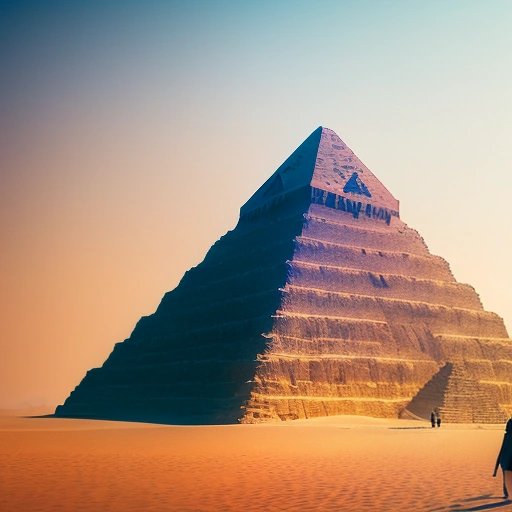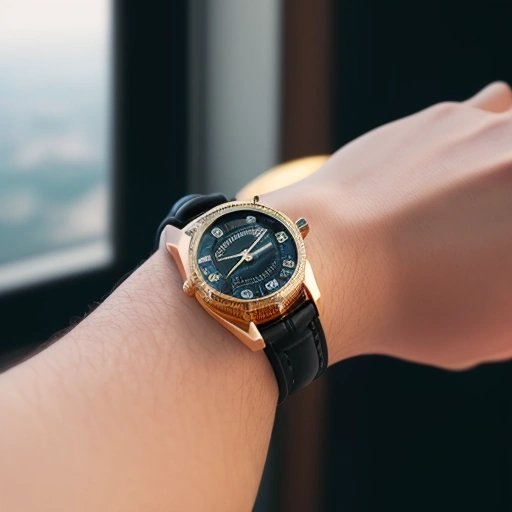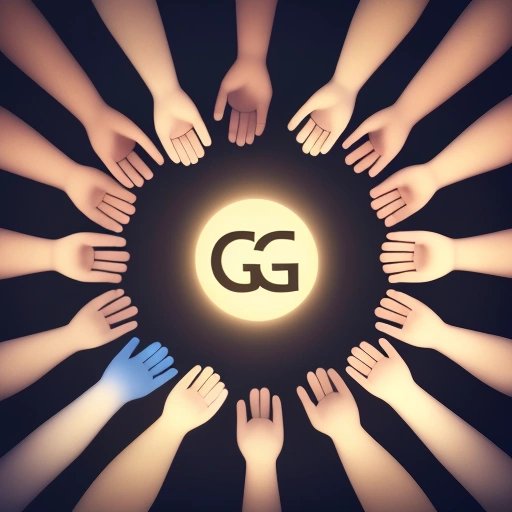In today's world, surrounded by endless sources of information and misinformation, it's easy to get caught up in outrageous myths that are simply untrue. From believing the earth is flat to thinking vaccines cause autism, it seems like some people will believe just about anything. So, here are 10 outrageous myths that people still believe.
Flat earth: Despite centuries of scientific evidence proving our planet is round, there are still communities who argue that the earth is flat. These flat earthers believe the earth is a disc surrounded by ice, and that the conspiracy to hide this "truth" involves everything from NASA to commercial airlines.
Vaccines cause autism: This myth has been debunked time and time again, but some still believe that vaccines can cause autism. Despite overwhelming scientific evidence showing that vaccines are safe and effective, the anti-vaxxer movement continues to spread misinformation, putting vulnerable people at risk.
Crystals have healing powers: While crystals may look pretty, there is no scientific evidence to support the idea that they have healing powers. Yet, some still believe that crystals can improve their overall wellbeing, cure diseases, and even protect against negative energy.
Mermaids exist: Despite no concrete evidence to prove their existence, some people still believe in the existence of mermaids. These half-human, half-fish creatures have been the subject of legends and tales for centuries, but unfortunately, there is no scientific proof that they actually exist.
Crystal skulls have ancient origins: While crystal skulls are certainly unique and striking, there is no evidence that they have ancient origins. In fact, most crystal skulls were likely created in the 19th century, long after the supposed ancient civilizations that they are often attributed to.
Ouija boards can communicate with the dead: The idea that Ouija boards can communicate with the dead has been perpetuated by popular culture for years. However, there is no scientific evidence to support this claim. Ouija boards work through a process known as the ideomotor effect, where a person's subconscious movements move the planchette.
Rabbit's feet bring good luck: Many people believe that carrying a rabbit's foot will bring them good luck. However, this superstition has dubious origins, and the use of animal parts for good luck is generally seen as cruel and inhumane.
The pyramids were built by aliens: Despite overwhelming evidence to the contrary, some people believe that the pyramids were built by aliens. This theory has been debunked many times, but some still hold onto the idea that the construction of these massive structures was too complex for ancient civilizations to handle.
Magnets can affect time: Believe it or not, some people believe that magnets can affect time. This theory is based on the idea that magnets can somehow warp the fabric of space-time, allowing people to travel through time.
Ritualistic chanting can summon spirits: While the idea of summoning spirits through chanting may sound like something out of a horror movie, there is no scientific evidence to support this claim. The use of ritualistic chanting is often associated with spiritual or religious practices, but it is not an effective tool for calling upon supernatural forces.
These are just a few examples of the outrageous myths that people continue to believe. While some of these beliefs may seem harmless, others pose real risks to public health and safety. It is important to approach these myths with skepticism and critical thinking, and to always rely on scientific evidence rather than hearsay or superstition.
